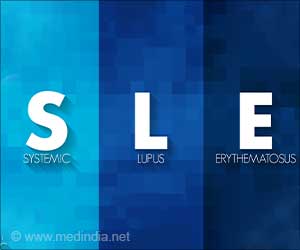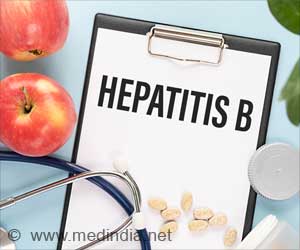Impact of a new protein therapeutic, MG53, for the treatment of Duchenne muscular dystrophy summarized by Dean Burkin muscular dystrophy researcher is available in Science Translational Medicine.

The article, "A Molecular Bandage for Diseased Muscle," co-authored by Ryan Wuebbles, a post-doctoral student in Burkin's lab in the University's Center for Molecular Medicine, is a review of the current status of therapeutic developments in the muscular dystrophy research field. These therapies represent significant strides and show great promise in treatment of muscular dystrophy.
Approaches to treat Duchenne muscular dystrophy include gene replacement therapy, gene repair and myoblast cell transfer.
In a study on MG53 by Noah Weislander and colleagues, presented in the same issue of Science Translational Medicine, it was found that mice that lack MG53 developed progressive muscle weakness and exhibit defective muscle repair after exercise or injury, and that MG53 facilitates rapid membrane repair to prevent damage to normal muscle.
The study suggests that treatment in combination with other protein therapies such as Burkin's laminin-111 therapy, are likely to have synergy as well for Duchenne and other muscular dystrophies.
Burkin's published research on laminin-111, a naturally occurring protein, showed it is quickly picked up in the bloodstream of mice and prevents muscle damage, an important finding for Duchenne muscular dystrophy, the most common form of muscular dystrophy.
Source-Eurekalert
 MEDINDIA
MEDINDIA




 Email
Email







